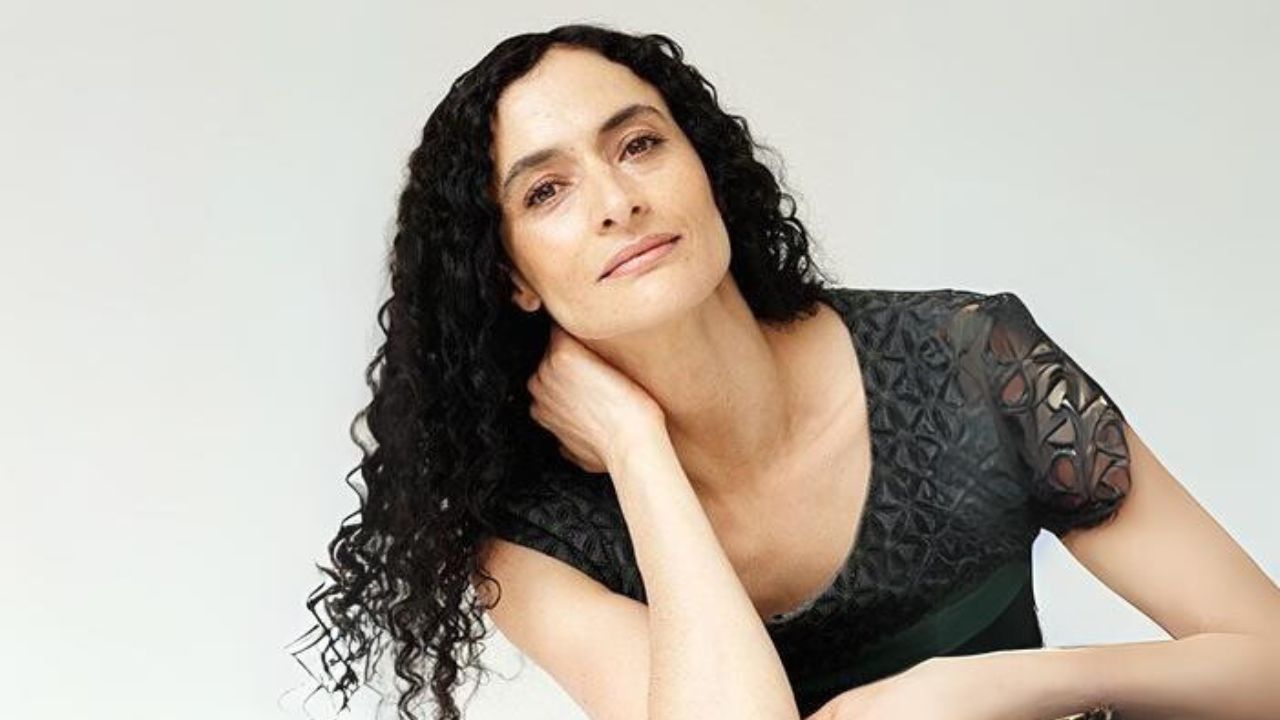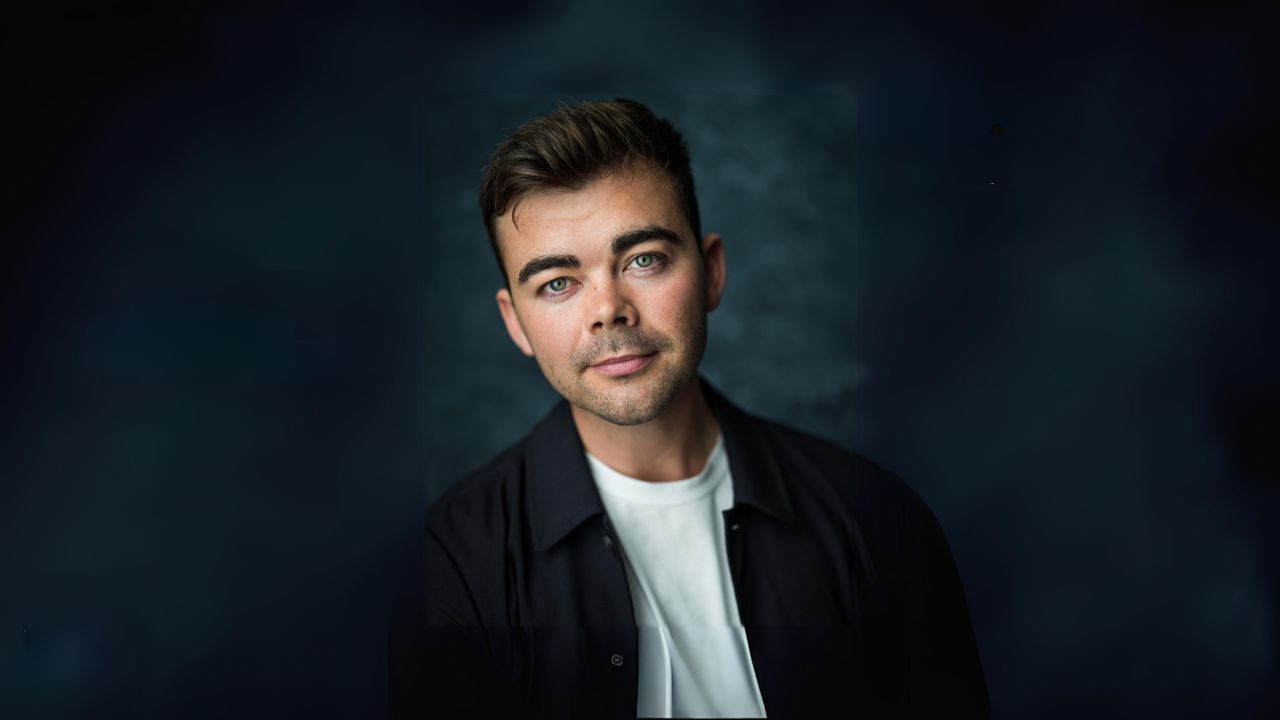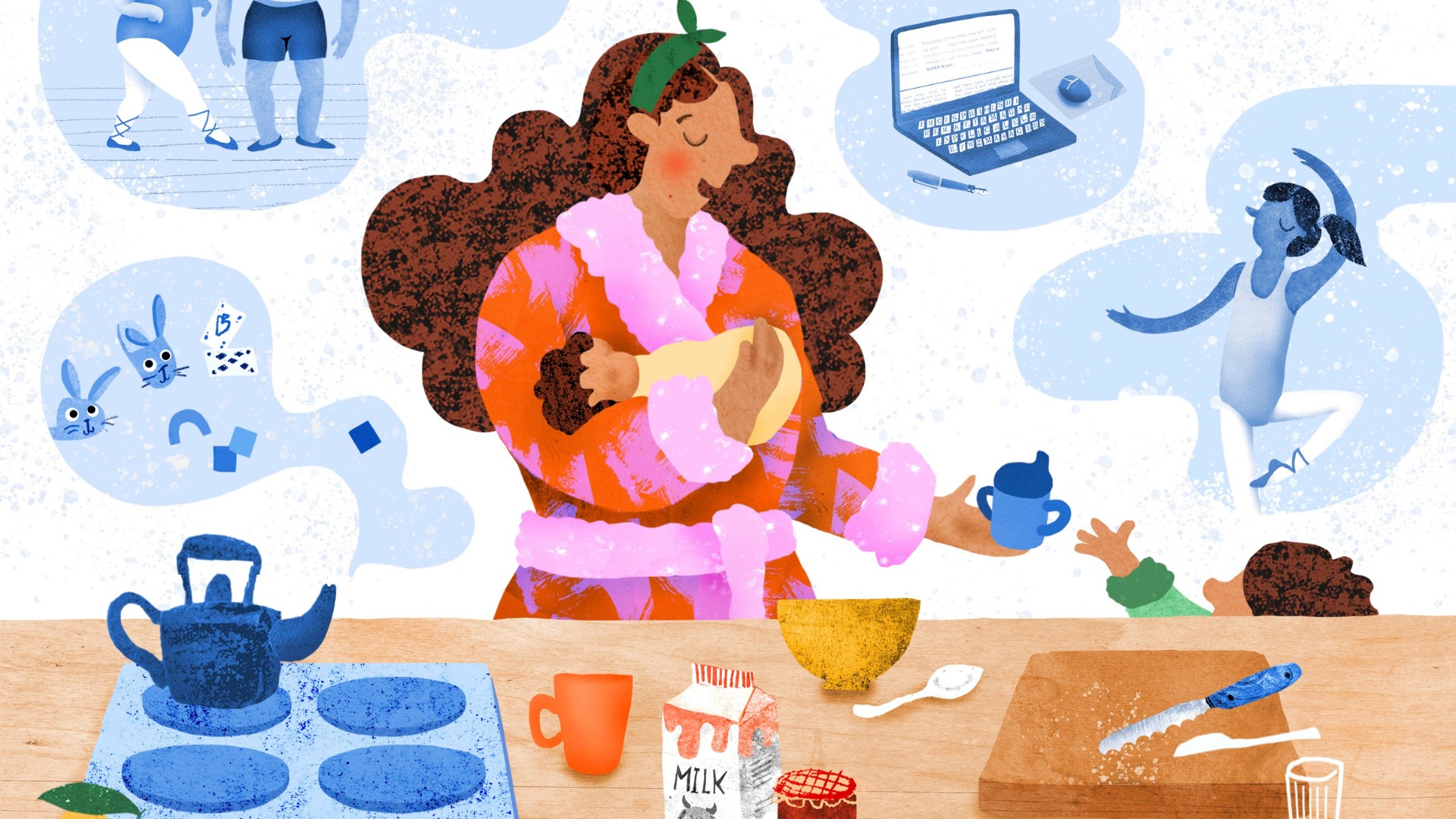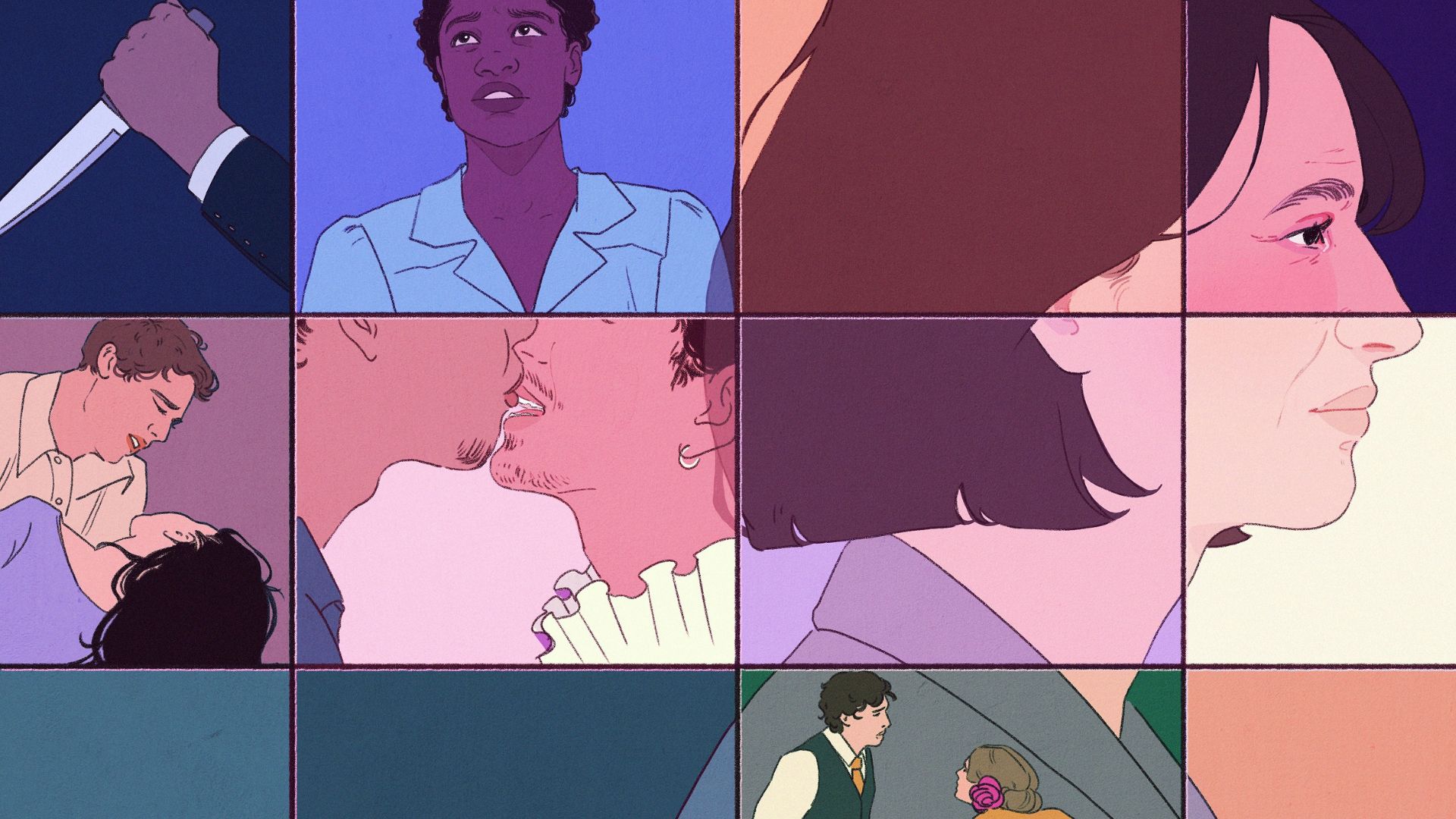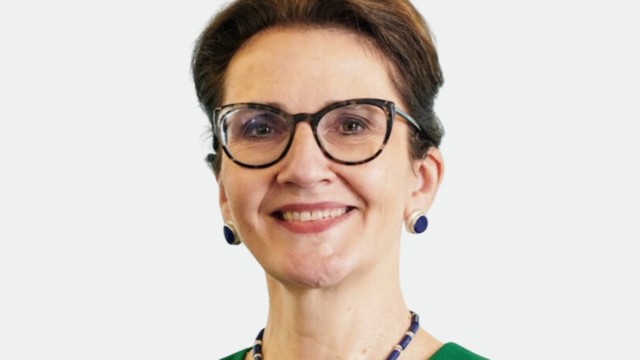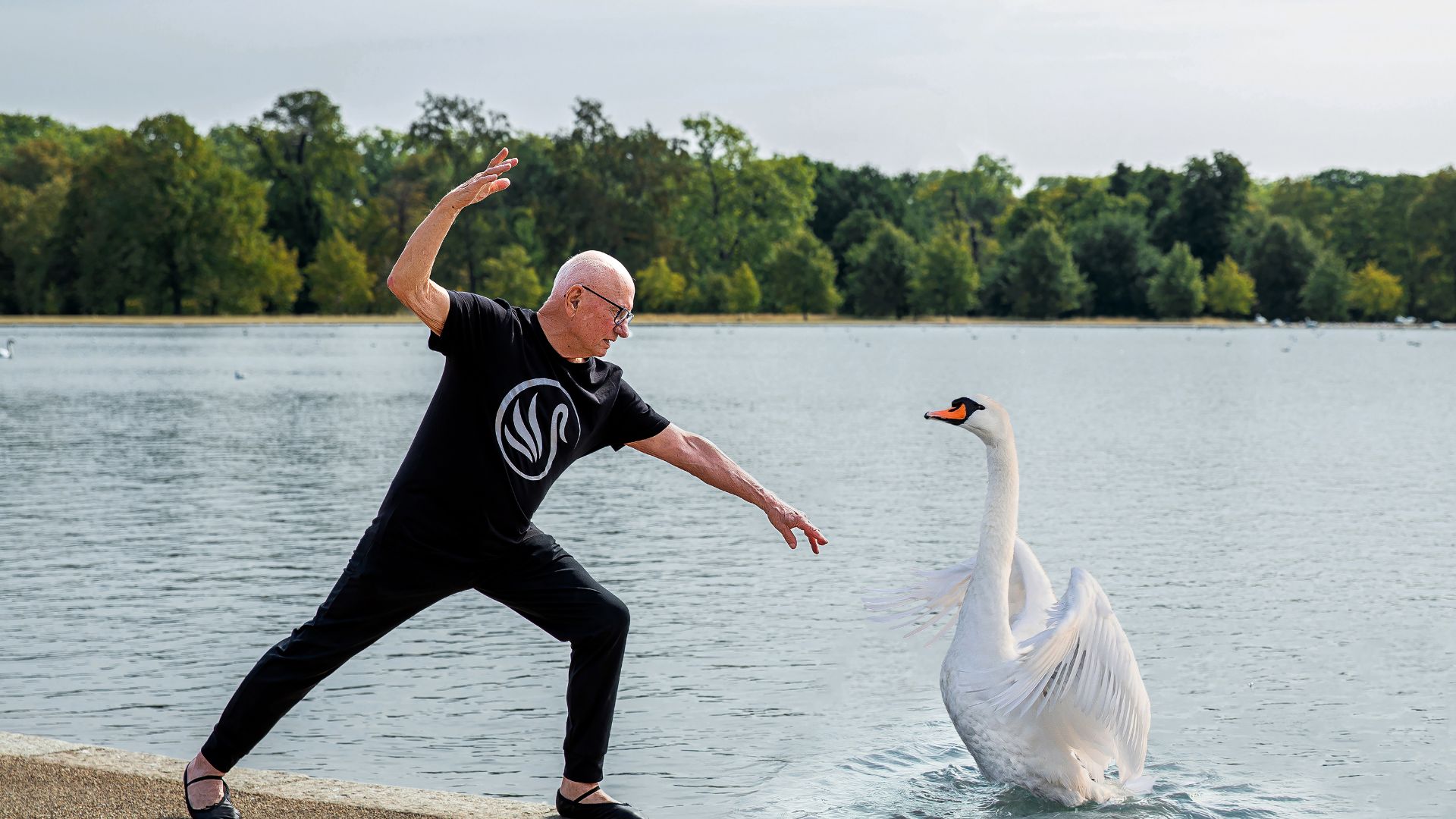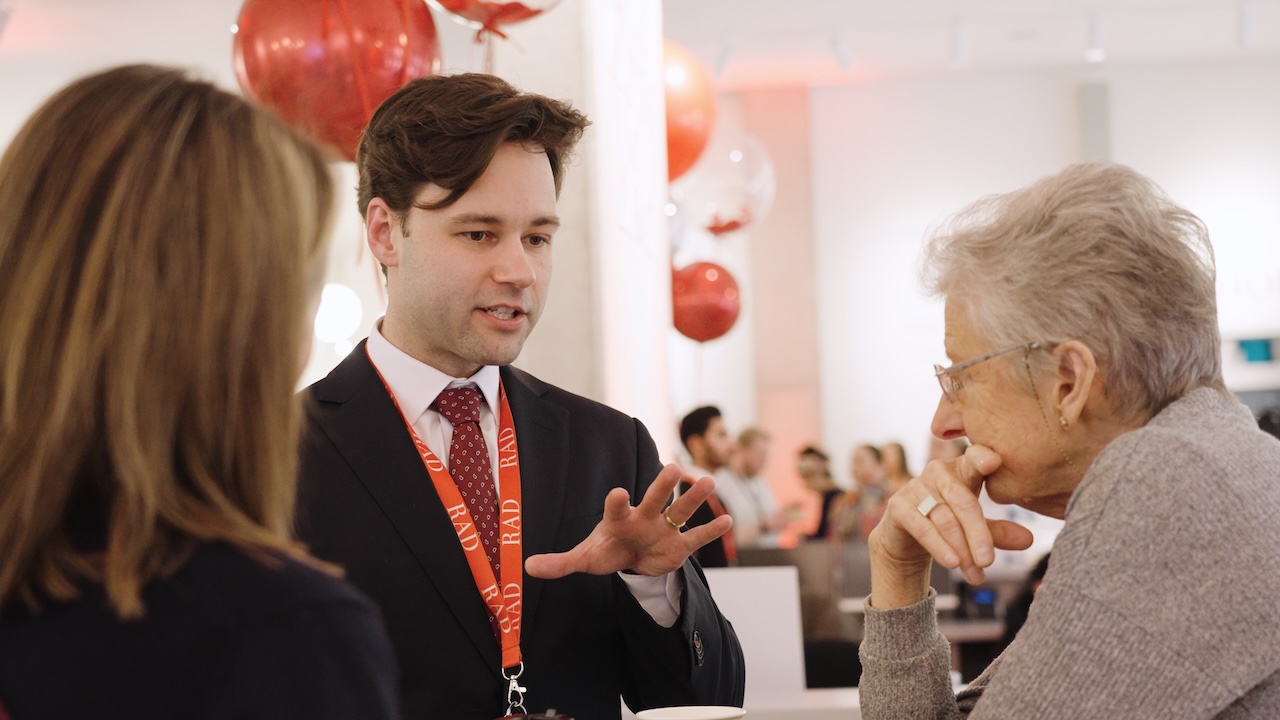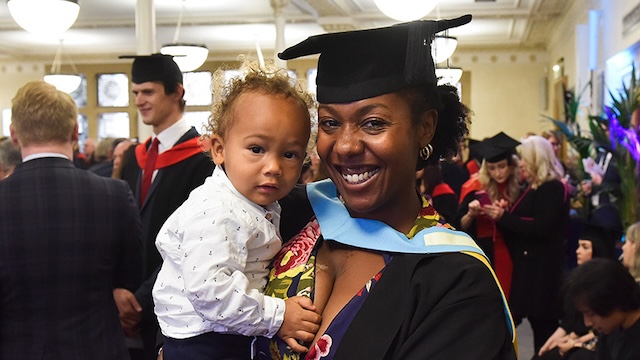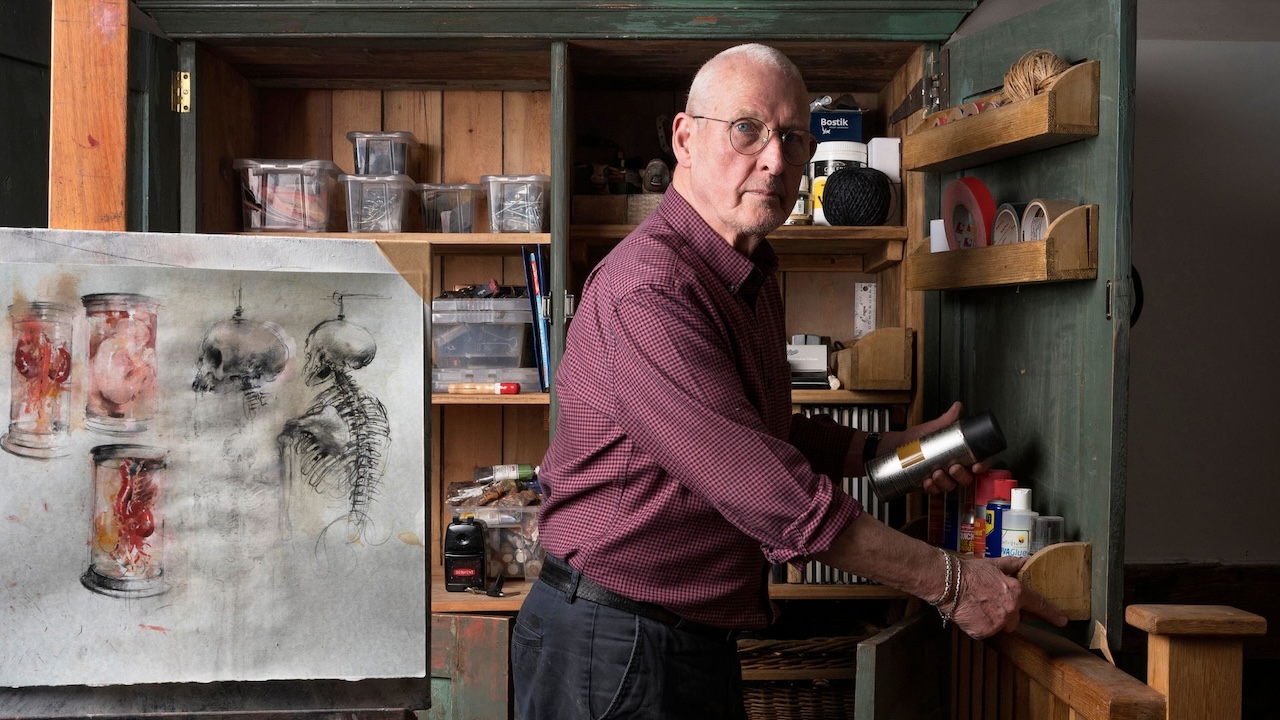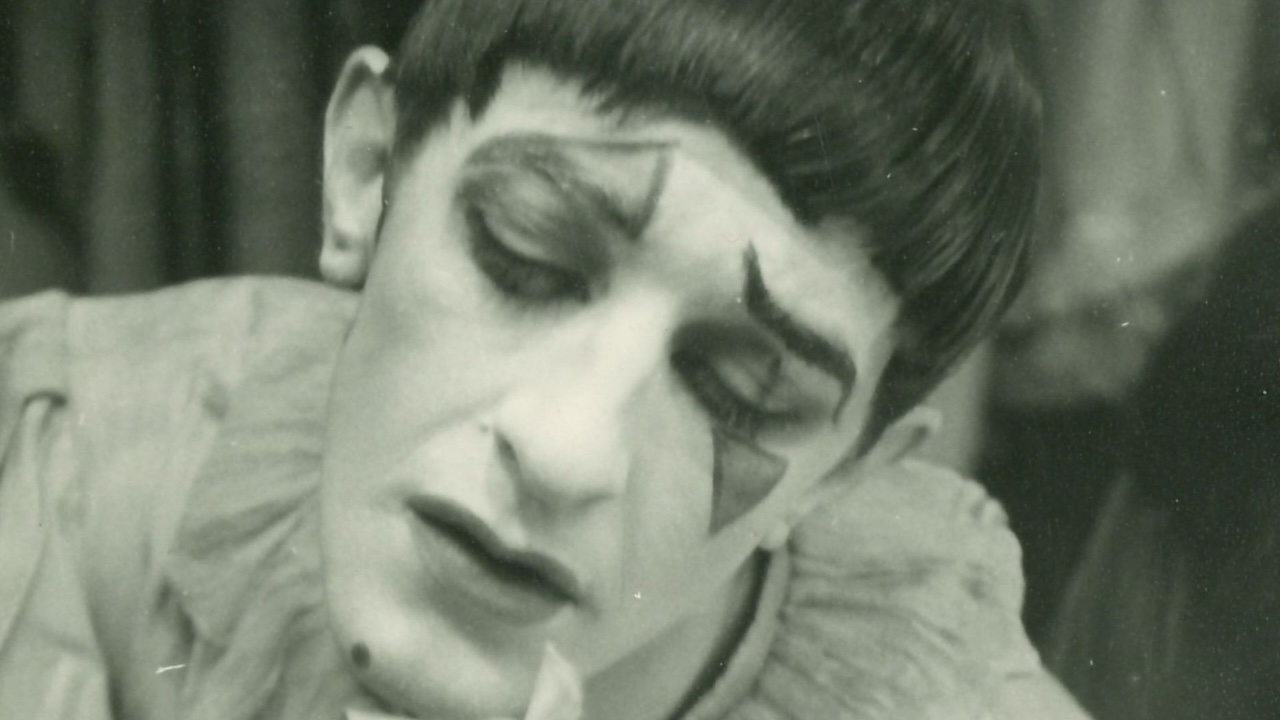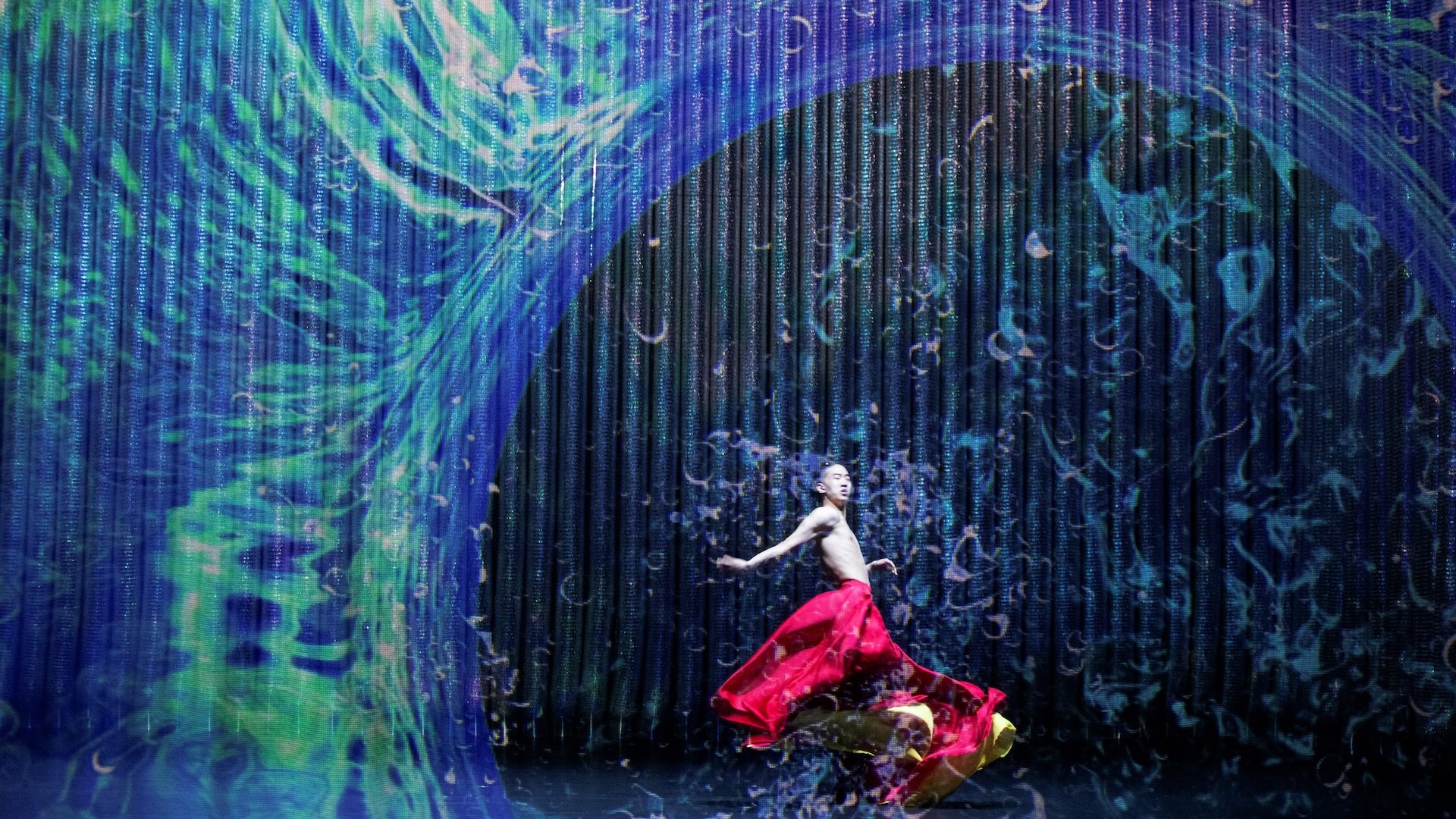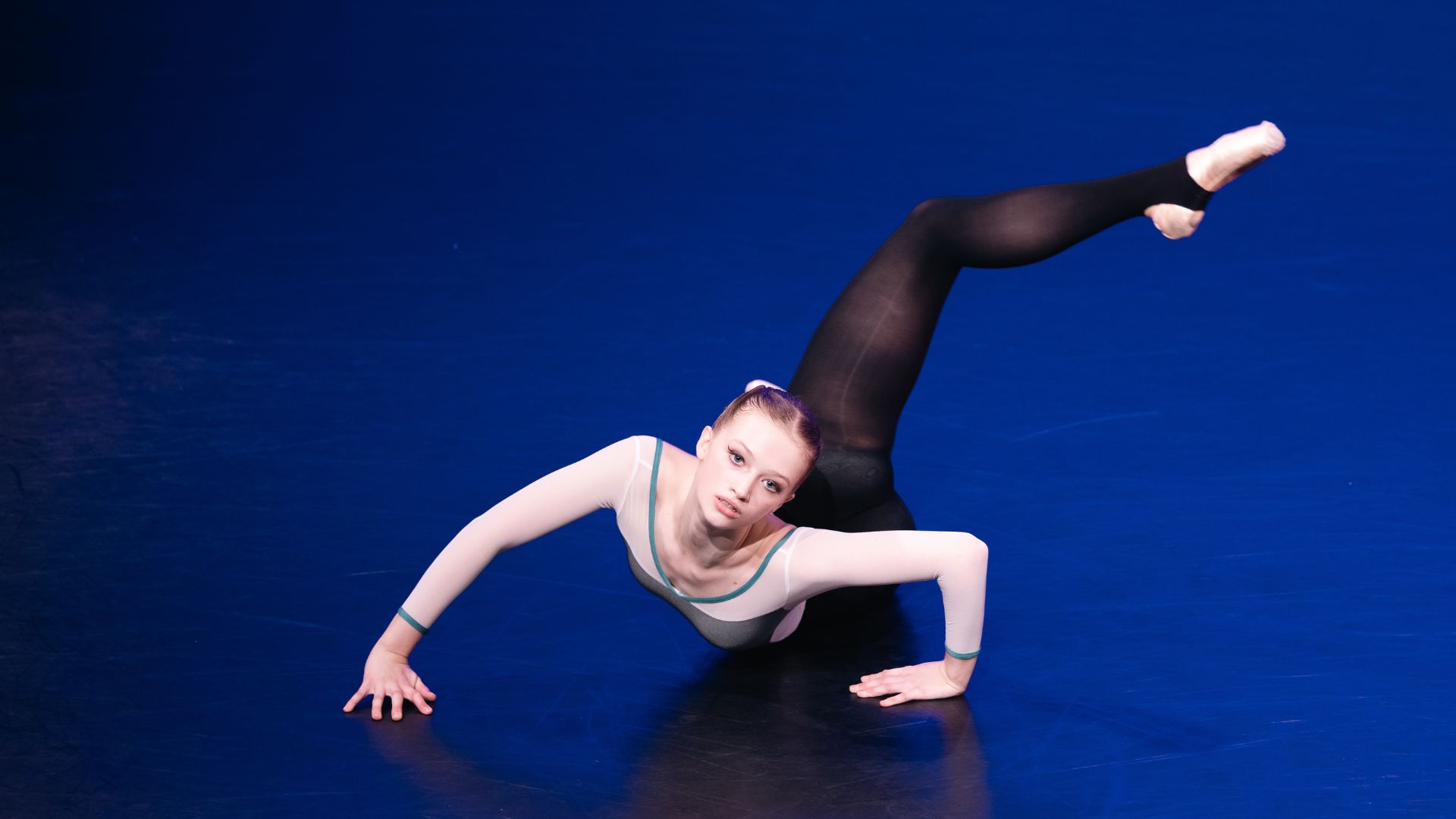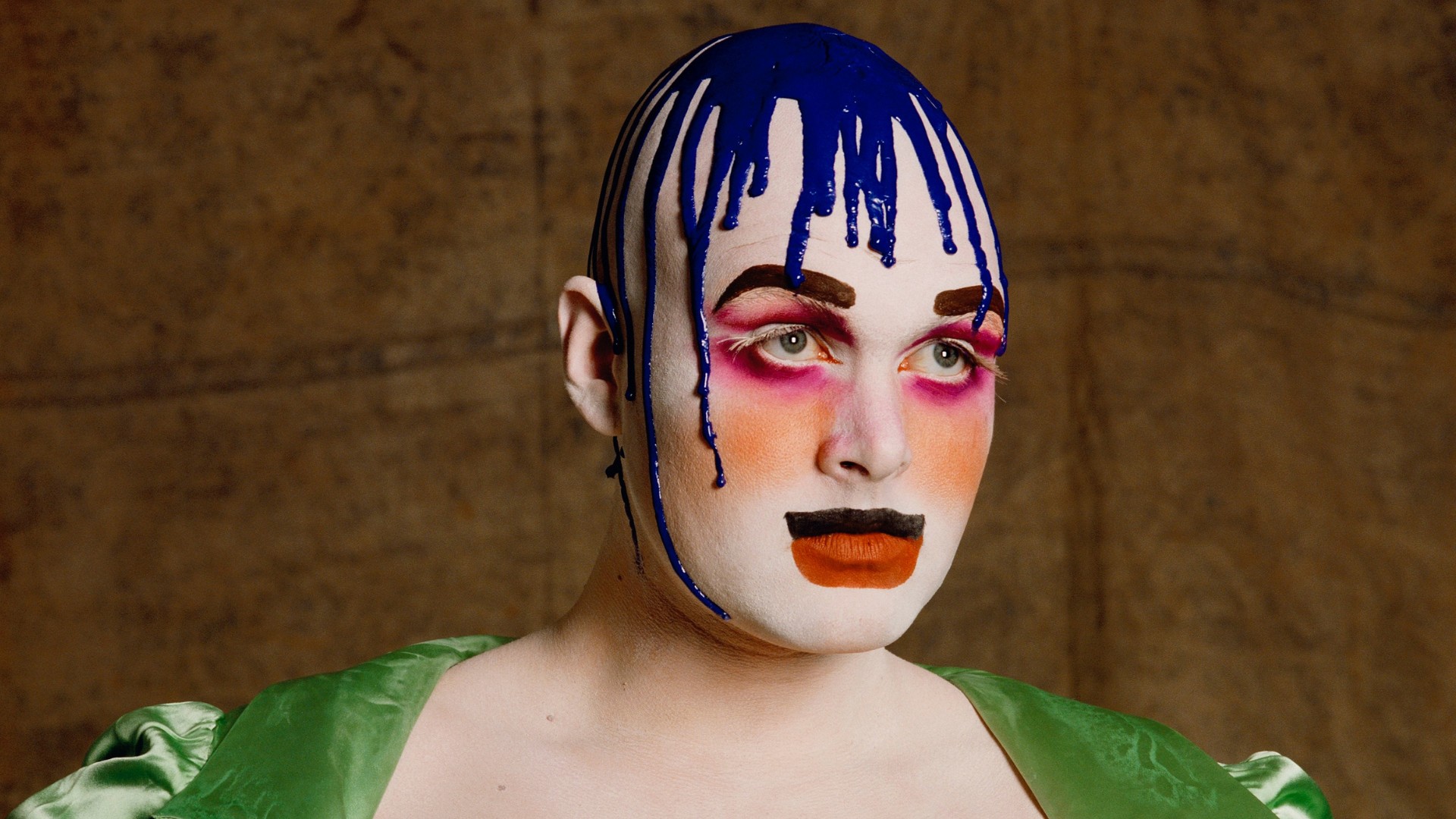What is it like to live in Mumbai/Bombay?
It’s 10:30pm at the moment, and Bombay is still vibrant. It is full of energy and full of life and as chaotic as ever. They say Bombay is the city of dreams in India, probably because everyone is always aspiring for and hustling towards something – we have this crazy energy that is relentless and almost exhausting. It is a place where you can decide to do something and achieve it.
You discovered ballet through the movie of Billy Elliot – why did that capture your imagination?
I was only five years old, and mum claims that I would walk around the house on my toes all the time. She thought that ballet would be a good option for me, but I was against the idea. I was quite the tomboy. To convince me, she took me and my twin sister to watch Billy Elliot. I turned to my mum, and said, ‘this is what I want to do now.’ I connected with the story of a young boy who was fighting the odds. That was the key thing for me. At the time, there was only one ballet teacher in the country. My mum dragged us across town and we managed to get a spot in this very prestigious ballet school that you had to audition for, and our journey with ballet began.
Was teaching also part of your career plan?
That’s a big question. I started ballet thinking, from the get go, that I was going to be a professional ballerina. That was always the goal. When I told my teacher, Tushna Dallas, that I wanted to perform professionally, she said that she thought I had the talent but unfortunately, considering the situation in India, that I wouldn’t have the opportunity to pursue it full time and that I should consider teaching. She was very enthusiastic about encouraging me to assist her, even though I was quite young, because that would be the future if I decided to pursue dance long term. This was not what I wanted to hear at all.
I’d like to think teaching came quite naturally to me – I credit Tushna for that. Even now I often find myself saying and doing things the way she did. I always tried to stay true to who I was, and discovered that I would want to gain the tools necessary to be an effective teacher through a formal, structured programme, which is how I found my way to the RAD. It was a life changing experience for me.
What do you hope to share with students at the Institute of Classical & Modern Dance?
There is no lack of talent or ability in India. It is just a lack of infrastructure and support for the arts. We’re trying to bridge that gap at ICMD by providing our students with the intensive training and mentorship they need to apply to conservatories or programmes internationally. There’s an understanding of what a professional career and dance looks like outside of India – and what it could look like in India as well, because the industry has changed so much.
Soon after I opened ICMD, a young boy called Dipesh Verma came in. He grew up in a small village in West Bengal and watched videos of gymnasts and ballet dancers and decided that he wanted to learn ballet. He ran away from home, came to Mumbai and somehow found us. He had nowhere to live and almost no money – we took him in because he was unbelievably talented, but also so passionate. Within one year, he was accepted into a conservatory in Paris – and he’s now with Rambert in London. Quite a few young people from India have made a similar journey. It’s a beautiful thing to watch.
Why does dance matter to you?
Dance has always mattered to me. The moment I watched Billy Elliot, something inside me was ignited, and I have been obsessed with it ever since. Whilst I’ve tried to experiment and do other things, I’ve always found my way back to dance, and each time it has made me learn so much more about myself as a person. It pushes me, and I think that’s what I love most about it. Simply put, it has shaped my life, and now I get to be in a position where I can see it shaping so many lives around me.
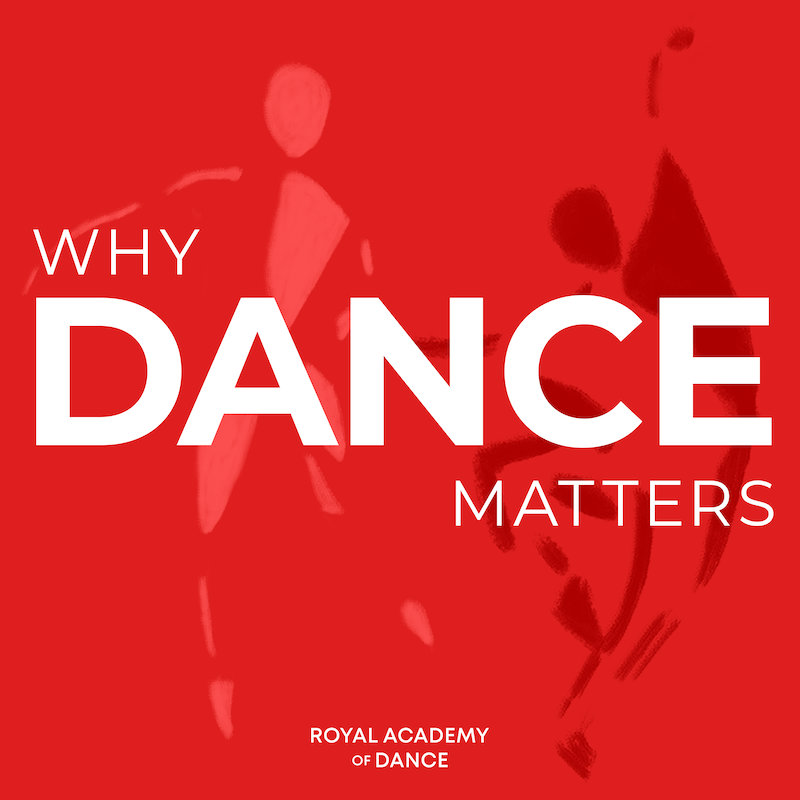
LISTEN
Hear the full interview with Pia Sutaria
<

